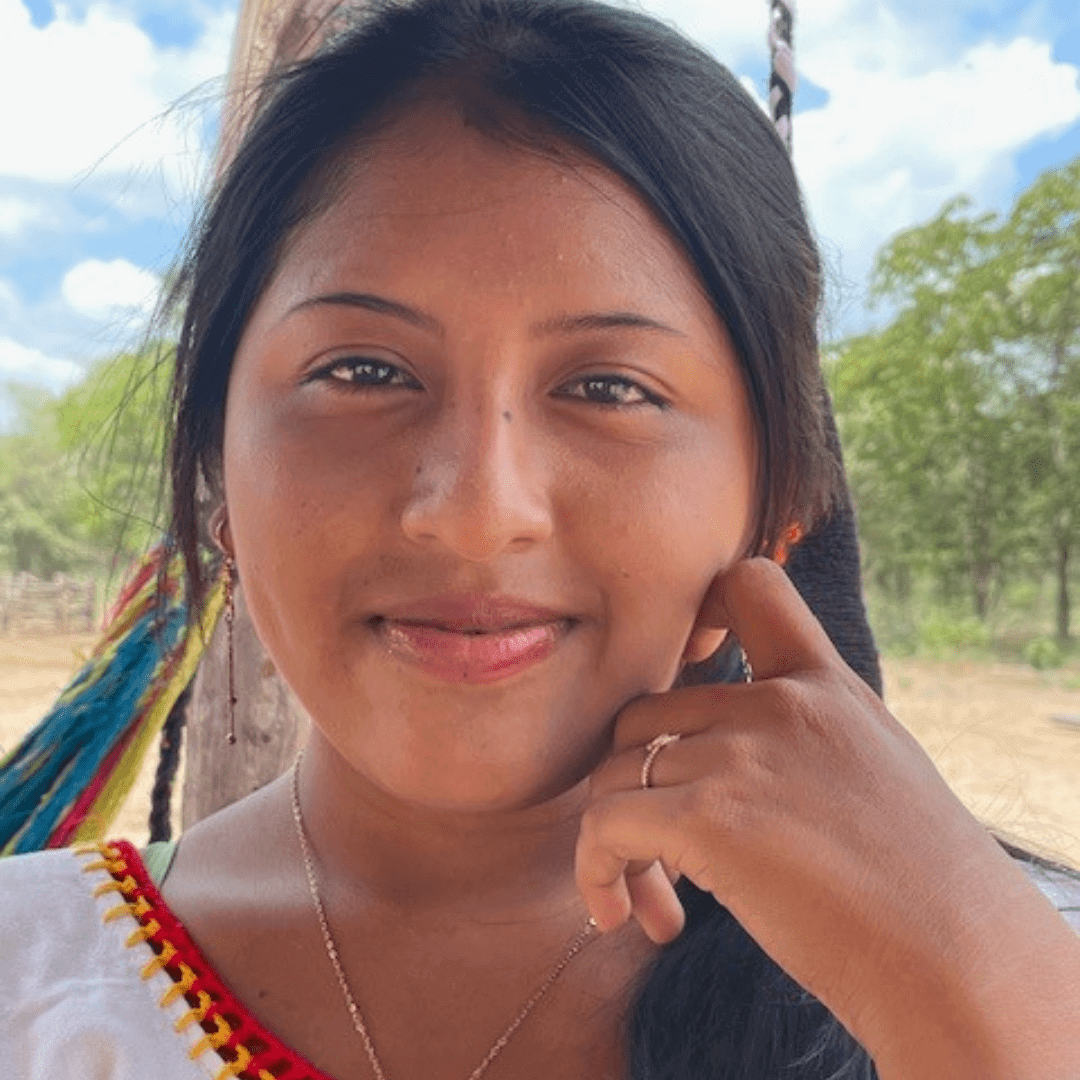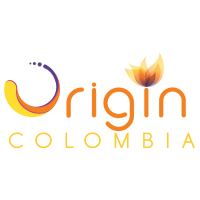
Who Is The Wayuu Indigenous Tribe?
Share
Wayuu bags are more than just accessories — they are a living expression of the Wayuu people's history, identity, and craftsmanship. In this article, you'll discover the roots of their culture and the traditions that shape every handmade mochila bag.
LOCATION:
This indigenous people are located in La Guajira in northern Colombia, and they are also present in the state of Venezuela in Zulia. The Wayuu tribe represent 20% of the national indigenous population, 48% of the population of La Guajira and 8% of the population.
LANGUAGE:
HISTORY:
On the history of the Wayúu people, the information sources available prior to the Colony are little more than the Spanish chronicles, which report that they had an organizational structure based on clans, with high degrees of population mobility, and with an extended practice of hunting and fishing. All these characteristics that are maintained in different degrees today.
When the contact with the Spanish culture occurred, the Wayuú people adopted grazing and increased the time spent in their places of residence. Gradually, trade became an important factor for obtaining goods and additionally it became a mechanism of relationship with immigrant cultures.
The struggles for territorial control were a characteristic factor of contact with Europeans and generated social ruptures within the town. After the establishment of the republic, Catholic missions were present in the territory, however, the Wayuú culture remained strong through the years.
Its recent history is characterized by oil exploitation, the opening of the coal mine in Cerrejón and the Alta Guajira seaport, which occurred in the 1980s.
The exploitation of natural resources has caused problems for the people Wayuú, because of the work dependency they generate. The struggle for territorial control between armed groups outside the law has also been a constant in its recent history.

Our young artisans, they loved to be photographed
CULTURE:
Within their worldview, the Wayúu point out that the first Wayúu and their clans all arose from Wotkasainru, a land in Alta Guajira.Maleiwa, creator God of the Wayúu and founder of the society
The Pulowi and Juvá spouses are related to the generation of life.
Pulowi, the woman, is related to drought and winds.
Juvá, is a wandering man who hunts and kills.
Wanülü, represents the evil of illness or death.
Two central moments in the life of the Wayúu are marriage and burial.
Marriage is crucial because of the prestige that it gives to have the ability to make an alliance that implies having the availability of resources and the support of their own (the payment to the bride's family represented in animals, jewelry, hammocks and vessels).The burial is in charge of the women, who prepare the deceased: they collect him, bathe him and place him in the coffin and then be exhumed two years later for cremation.
The social organization of the Wayuú people is strongly associated with their cosmogonic principles and modes of mythical representation.Dreams are a very important aspect for the daily life of the people

Since they explain the reality of the group and individuals and are also conferred prophetic powers.
Wayuú society has a complex structure, it is matrilineal in nature and has about 30 clans, each with its own territory and its own totem animal.
Within the nuclear family, children are led practically by the mother's brother and not by the biological father himself.
The marriage is contracted with a person of another clan, and the parents of the man pay a dowry to the parents of the woman. The Wayuú occasionally practice polygamy, which brings prestige to the man who practices it.The Wayuú woman is active and independent, it has an important role as a leader and organizer of the clan, and politically active in its society, which is why the female authorities are the ones who represent their people in public spaces.
TEXTILE WORK:
The Wayúu tribe are notable for their textile work, specially this authentic Wayuu bags.It is a way of conceiving and expressing life as they feel and desire it. An art thought and enjoyed it. The observation of its innumerable textiles allows them to read the spirit that guides their action and thought.For the Wuayúu people, weaving is more than a cultural practice and inheritance from their ancestors.
Young girls leaning the crochet techniques
Kanaas is the maximum expression of wuayúu weaving, it is a very old art, probably originating in Alta Guajira. It consists of a fabric of stylized geometric figures, representing elements of the natural environment that surround the daily life of the wuayúu.
The more complex the figures, the more value the piece acquires. It is woven on a pitchfork loom. Each kanaas have a name and meaning.
The chinchorro (type of hammock) and hammock are the most representative fabrics of the Wuayúu culture. Although the chinchorro and hammock have the same function, at the textile level they have marked differences; the first is elastic and loose-woven and the second is heavy and compact, made of a padded weave.
There are several kinds of mochilas (Wayuu mochila bags):
- Susuchon; who bears the name hanging from the sash, one on each side of the guayuco (loincloth).
- Susu; the medium-sized daily mochila bag that the Wayúu carries everywhere.
- Ainacajatu; a large Wayuu mochila where the woman carries the hammock, clothes and what is necessary for the trips.
- Kapatera; the man's large Wayuu bag, a kind of cylindrical tube, with two mouths and closing cords that are also used as hanging racks.
- Kattowi; a very resistant and multipurpose mesh Wayuu bag, to transport pots and cups full of water. Wayúu men make palm leaf hats, appropriate for days of intense sun, blankets and guaireñas or espadrilles (footwear made to withstand long days on the sand), among others.
ECONOMY
Artisanal fishing and pastoralism constitute two traditional sectors of the economy. Given the conditions of their lands, the Wayúu develop a mixed economy, based on the breeding and grazing of goats and cattle (horses) combined with a specialized horticulture of corn, beans, yucca, squash, cucumbers, melons and watermelons, in addition to activities such as hunting.
In addition to being part of the food base and object of exchange, livestock - especially goats - have a cultural meaning that establishes it as a symbol of power, status and prestige.
Indigenous families located on the western coast and who depend mainly on fishing, jealously preserve their rights to it.
Each garden is owned by a man and he assigns his sons the right to use sections of the land. Each man cultivates his plot assisted by his wife.

The exploitation of salt in Manaure is also another source of subsistence, which is done in a mechanized or artisanal way; In this last, mainly an indigenous person participates using "ponds", from which he harvests two crops per year.
If you'd like to support the Wayuu community and own a piece of this ancestral legacy, explore our collection of handmade Wayuu bags here. Each purchase helps empower indigenous artisans and preserve their culture.
Sources of Information:
-Ministry of Interior. Republic of Colombia. Characterization of indigenous peoples. Wayúu people.
-Colombian handicrafts. Artisan Communities. Wayúu Community Wayúu Community.

